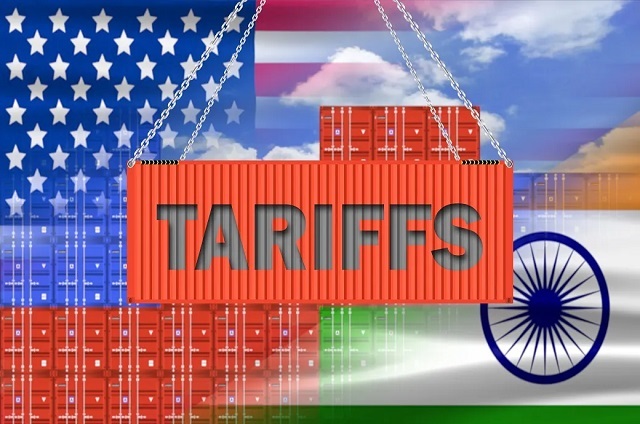The ongoing negotiations for a US-India Bilateral Trade Agreement (BTA) are expected to reduce India’s goods trade surplus with the United States, according to a recent analysis by CRISIL, a subsidiary of S&P Global. The deal, likely to be finalized by fall 2025, could open the door for increased Indian imports of US energy products, select agricultural goods, and defence equipment.
Despite the United States already being India’s largest export destination, CRISIL sees untapped potential in areas like smartphones, pharmaceuticals, and labour-intensive sectors such as textiles and gems & jewellery. However, India’s relatively high tariff structure means that the BTA will likely result in a greater volume of US exports flowing into the Indian market.
Among the key sectors poised to benefit is the textile industry. Many of India’s textile exports to the US currently face significant tariffs, impacting competitiveness against rivals like Bangladesh, Vietnam, and China. A reduction or elimination of these duties under the BTA could make Indian products more appealing in the US market.
CRISIL highlights that while products like bed linen, kitchen linen, and toilet linen already hold solid ground in the US, readymade garments (RMG) have lower market penetration—presenting a key opportunity for growth if tariffs are reduced.
Additionally, the proposed trade framework could enable duty-free or lower-duty imports of US cotton into India, a move that may help ease pressure from declining domestic cotton output. Such synergy could strengthen India’s RMG exports to the US, further boosting the sector’s potential under the BTA.






